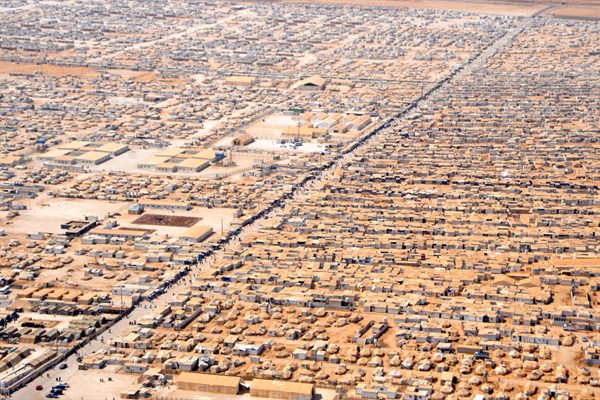At the beginning of June, around 1,000 Syrian refugees found themselves stranded in the desert just inside Jordan, with precarious access to food and water. Their flight from Syria was driven by the desire to escape that country’s ongoing civil war, which has helped generate the largest refugee crisis since the aftermath of World War II. But their plight in the desert was the immediate result of Jordan gradually tightening its border to Syrian refugees, even as it remains officially open to them. It may be a sign of things to come, as the governments bordering Syria tire of hosting Syrian refugees indefinitely.
Over just three short years, the Syrian refugee crisis has changed the population of the Middle East in dramatic ways, leaving a mark on the physical landscape as well as on daily life. New refugee camps have been built—the Zaatari camp in Jordan, in addition to being the second-largest refugee camp in the world, is now one of that country’s largest de facto cities. Millions of people across the region, forced by war to leave their homes, now find themselves in foreign countries, not entirely welcomed by their hosts.
The sheer scale of the Syrian refugee crisis is difficult to comprehend. According to the United Nations, there were close to 4 million Syrian refugees at the end of May. For perspective, the prewar population of the city of Damascus, Syria’s capital, was just 1.7 million.

